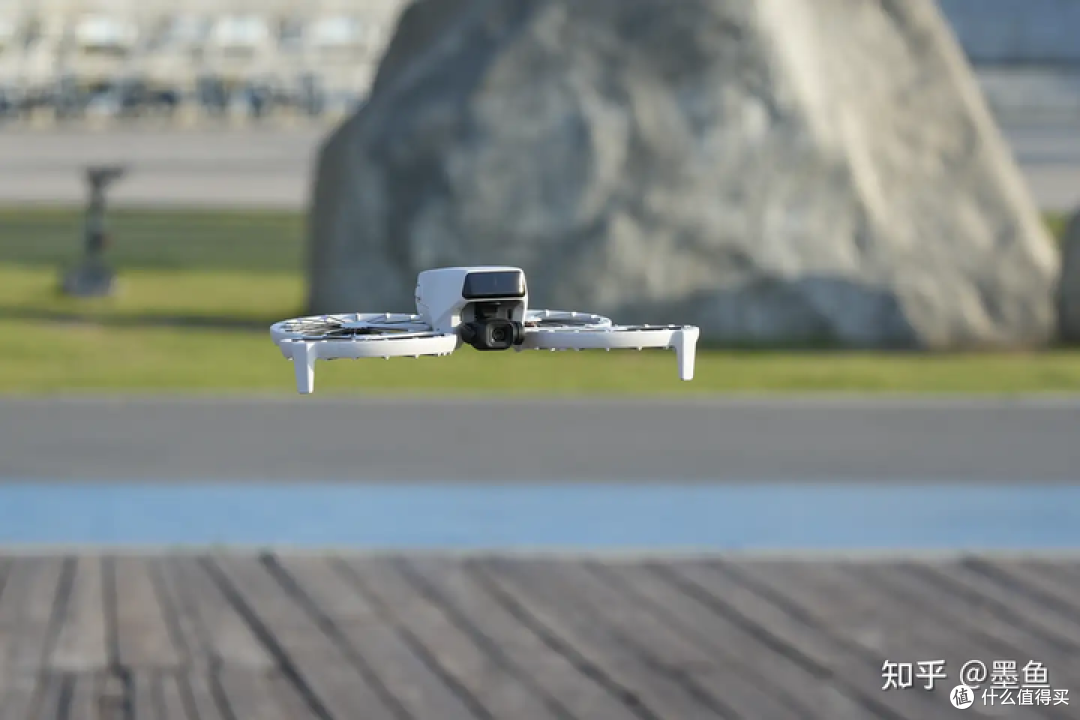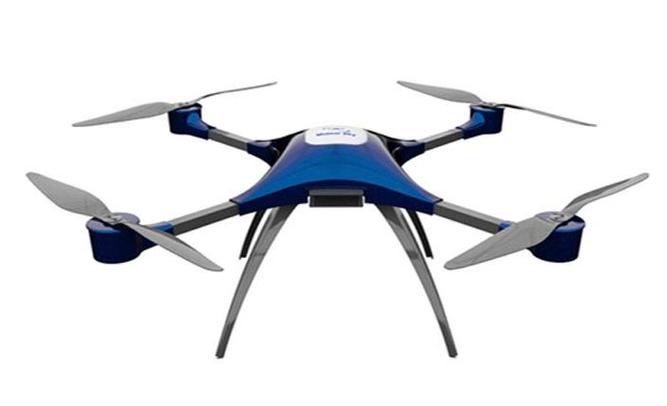Drones have become an exciting addition to modern technology, with applications ranging from photography to surveying landscapes. If you’re keen to learn how to operate a drone, you’re in the right place. Understanding how to flight drone involves not only knowing the controls but also mastering the art of responsible and safe flying. This guide will provide essential tips for beginners, helping you take off with confidence. Let’s dive into the basics and expand your horizons with drone flying.
Getting Started with Drones
Before you start flying your drone, ensure that you have thoroughly read the user manual. These manuals offer valuable insights into your specific model, equipping you with the knowledge you’ll need to handle your drone safely and effectively. Familiarize yourself with key components, such as the remote control and the drone’s battery. Preparing before your first flight is essential for a smooth operation.
Check Local Regulations and Get Necessary Permissions
One important aspect of learning how to flight drone is understanding the legal requirements in your area. Many countries have regulations regarding drone flight, especially concerning privacy and airspace safety. Make sure to research what permissions you need and keep informed of any updates in policies.
- Research airspace rules and restrictions.
- Understand privacy regulations when flying around residential areas.
- Get permission for commercial drone use if applicable.
Master the Controls
Your drone’s control system is its heart and soul, and becoming proficient is crucial. Each drone model might have a unique control system, but the basics often remain the same. Start with learning how to:
- Operate the throttle for takeoff and landing.
- Use the pitch and yaw controls for directional navigation.
- Understand the trim settings to stabilize the drone.

Practice in an Open Area
One of the best ways to become comfortable with your drone is to practice in a spacious, open area. This ensures minimal interference and offers you the freedom to make mistakes safely as you learn how to flight drone. Consider these tips:
Find a place away from trees and buildings.
Ensure a flat terrain to ease landing.
Practice basic maneuvers before attempting advanced tricks.
Start with Short, Controlled Flights
Initial flights should be short and purposeful, focusing on understanding your drone’s reactions to the controls. Gradual practice will build your confidence and enhance your skill level over time.

Once you have mastered how to flight drone basics, it’s time to delve into advanced techniques. These might include learning complex maneuvers, like flips or setting up automated flight paths. Remember, each new skill should be practiced gradually to ensure safety.
Keep an Eye on Weather Conditions
Weather significantly impacts drone flight. Avoid flying in high winds or rain since it may damage your drone or lead to erratic movements. Checking the weather forecast before each flight is crucial for safe operations.
Battery Management
One of the most vital aspects of drone care is ensuring your batteries are well-maintained. Understand the battery life of your model and ensure it’s adequately charged. Carry extra batteries for extensive flights, and avoid over-draining them.
Common FAQs About Drone Flight
- Can I fly drones at night?
- Generally, flying drones at night is restricted unless you have specific permissions or are using drones equipped with night flying capabilities.
- Why is my drone not stable in flight?
- There might be an issue with the trim controls. Check that they are properly adjusted. Additionally, consider if external factors like wind are affecting stability.
- What should I do if my drone loses signal?
- If your drone loses signal, remain calm and check the controller’s battery. Most modern drones are equipped to return to the takeoff point if signal is lost.